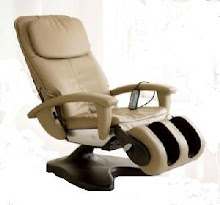Memory foam came about as a result of the NASA space program and has since found its way into a number of products.
The obvious examples are bedding items like mattresses and pillows, but memory foam can also make an appearance as an insole material in orthopedic shoes and its applications are increasing all the time.
What memory foam does
For anyone who has never seen memory foam, it has too unusual characteristics that are linked together.
The first is that it moulds itself to the shape of any object that applies pressure to it - and it does so with an absolute minimum of displacement to the zones adjacent to the body causing the pressure.
As an example, this means that if you place your hand on a piece of memory foam and apply a force, and then remove your hand, you will see an imprint of your hand in the foam.
This gives memory foam a unique ability to conform to the shape of objects resting on it, but without causing a ripple effect or even a distortion of the foam a few inches to the side of the resting body.
The second characteristic of the foam is the “memory quality” that sees the foam return to its original shape a few seconds after the weight is removed. It is as if the foam creates a temporary imprint of anything placed upon it, but an imprint that disappears "before your eyes" once the item is removed.
In a future post I will touch on the orthopedic benefits of this “moulding property” of visco elastic memory foam. In the meantime, this http://www.here-be-dreams.com/bedroom/memory-foam.html link will tell you a little it more.

No comments:
Post a Comment